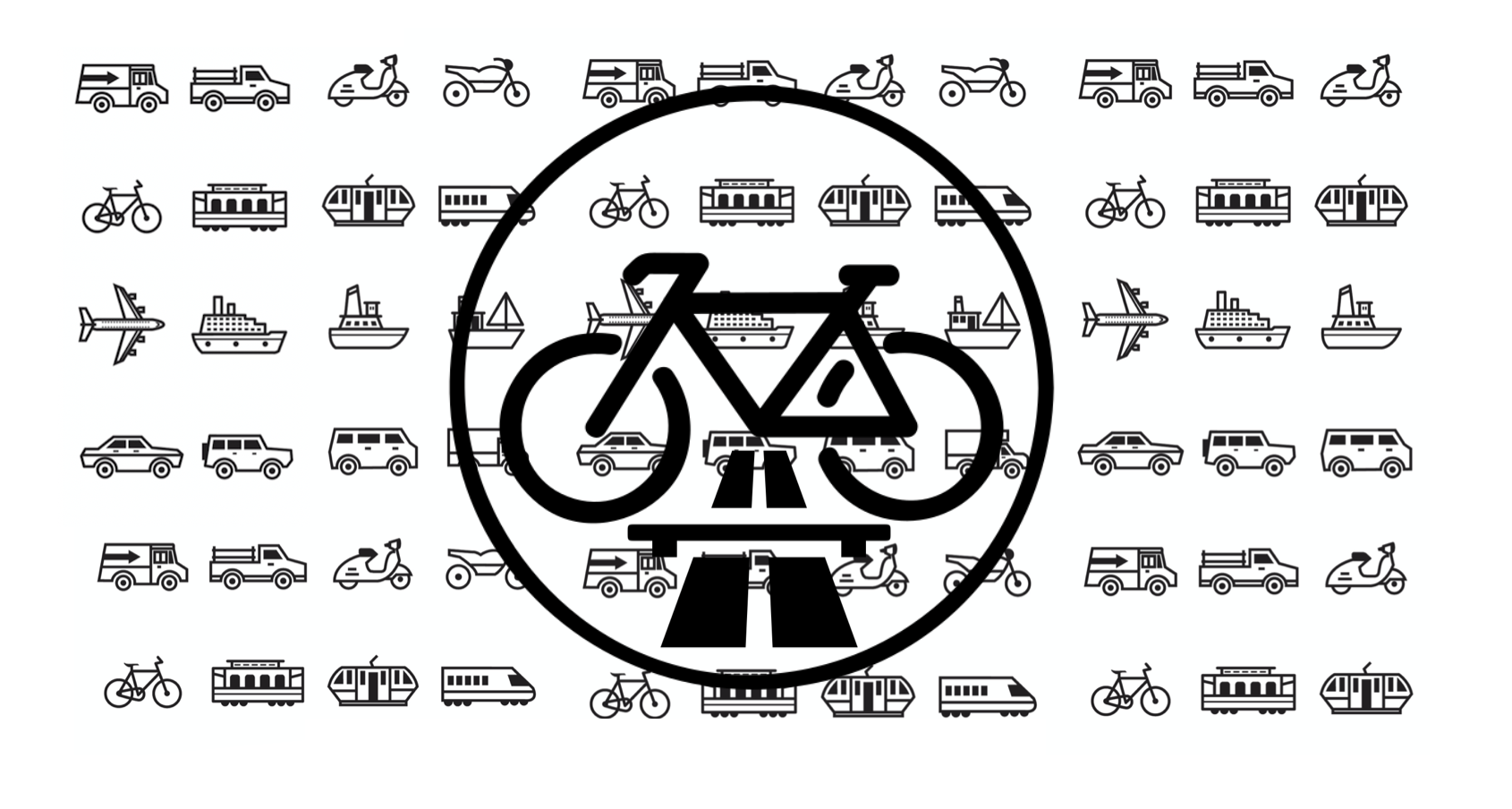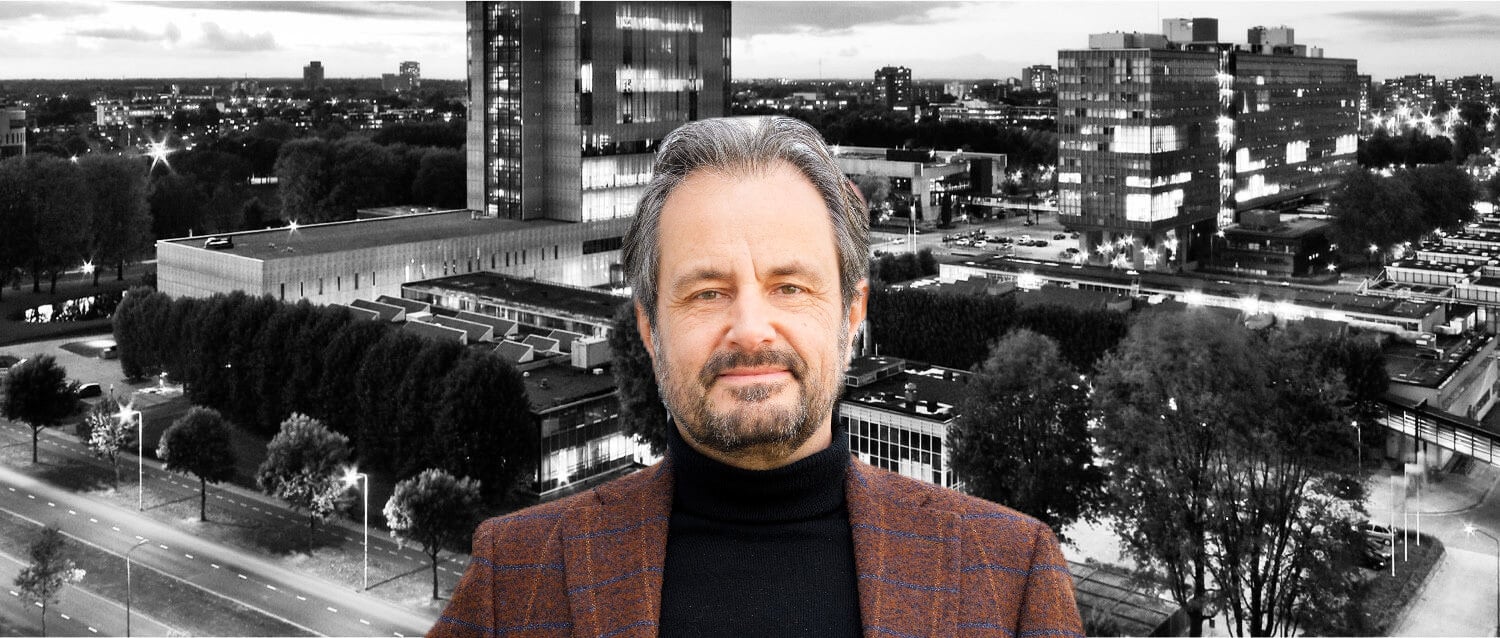
Decades of wishful thinking about the declining popularity of the automobile have yielded little. Car ownership is not declining much, if at all, even among young people, as has often been predicted. Meanwhile, the car is also getting better, safer, more comfortable, and cheaper, which will only exacerbate the space problem those cars cause. Parked cars should be better hidden to keep residential areas and centers livable. But the moving car uses even more space, which is especially lacking in urban areas. That is why municipalities encourage the use of space-efficient alternatives, such as bicycles and public transport as much as possible.
Yet in mobility plans, cycling invariably seems to lose out to public transport, in terms of attention but also budget. One plan is even more pompous than the other. But it is not a sensible choice of priority, certainly not if the aim is to reduce car use.

Time and again, the bicycle proves far more capable than public transport of enticing people out of their cars. And at a much lower price, because a bicycle infrastructure is much cheaper to build and maintain, and cyclists themselves pay, maintain, and operate their own means of transport. The bicycle is much more sustainable than a bus, streetcar, or metro, which nowadays are even less energy-efficient and more polluting per passenger-kilometer than a modern electric car. We should, therefore, be much more consistent in adopting the bicycle as the backbone of the mobility transition, especially now that the bicycle has an even greater range and even wider audience due to electric propulsion. The classical Transient Oriented Development has had its days, the future is for Bicycle Oriented Development.
I advocate a ‘bicycle metro’, a consistently implemented system of wide, separate, and conflict-free cycle paths, in some cases underground or covered. They should be wide enough to accommodate not only bicycles but also scoot mobiles, delivery bicycles, electric wheelchairs, or whatever else efficient smaller rolling stock may be invented in the future.
“The classical Transient Oriented Development has had its days, the future is for Bicycle Oriented Development.“
You don’t need stations, because you can join and leave the existing cycle path network anywhere you would like. It’s easy to fit in because unlike public transport, bike lanes don’t require large curves or long straight stretches; in fact, cyclists prefer to meander. It is safer for both users and pedestrians. Without traffic lights, but with priority at intersections and bicycle tunnels or bridges where necessary. Due to the low height and weight of the bicycle, tunnels and bridges are much cheaper to build than those for cars or trains.
For less money than the North-South metro line, Amsterdam could have built such a bicycle subway network for the entire city, including a bicycle tunnel to and from Amsterdam-North. For a medium-sized town, it is cheaper and much quicker to build than a heavy public transport system, especially if it involves rails.
Moreover, it is safer, more inclusive, more space-efficient, cleaner, healthier, quieter, more flexible, interference-free, friendlier, more beautiful, and future-proof. And most importantly, much more successful in reducing car traffic.

Maarten Steinbuch and Carlo van de Weijer are alternately writing this weekly column, originally published (in Dutch) in FD. Did you like it? There’s more to enjoy: a book with a selection of these columns has just been published by 24U and distributed by Lecturis.

